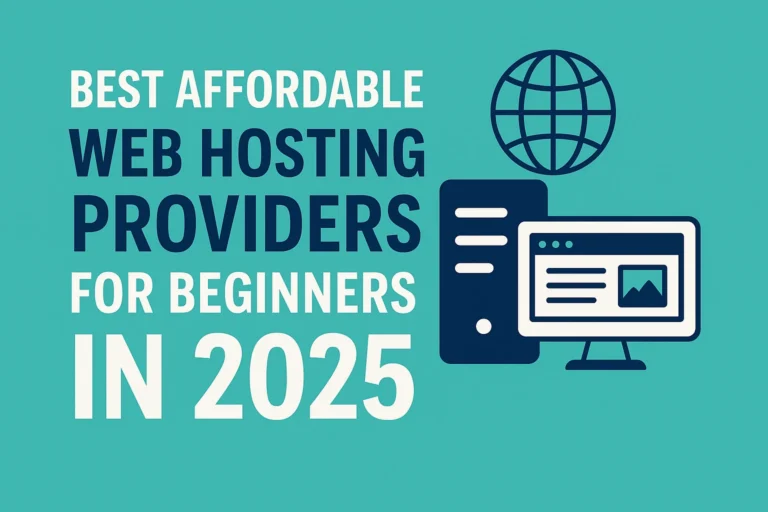Last Updated on June 7, 2025 by RADHIKA
The world of web content delivery is a vast and ever-evolving landscape. Users demand blazing-fast access to their favorite websites and applications, regardless of their location. This is where Content Delivery Networks (CDNs) like AWS CloudFront step in, acting as the digital cavalry, delivering content from geographically distributed edge locations for a seamless user experience.
CloudFront: The CDN Champion
CloudFront is a powerful CDN service offered by Amazon Web Services (AWS). It boasts a global network of edge locations, strategically placed closer to your users, ensuring lightning-fast content delivery. This translates to reduced latency, improved loading times, and ultimately, happier users. But CloudFront’s power goes beyond speed. It offers a plethora of features like:
- Dynamic Content Caching: Cache dynamic content like webpages and applications at the edge, minimizing origin server load and improving performance.
- Security: Secure your content with features like HTTPS, viewer authentication, and DDoS protection.
- Geo-targeting: Deliver content to specific regions or audiences based on their location.
- Customizable Edge Behaviors: Modify content at the edge before delivery, such as image resizing or video transcoding.
Pricing the Content Delivery Conquest: Unpacking CloudFront Costs
While CloudFront offers undeniable value, understanding its pricing structure is crucial. Here’s a breakdown of the key cost components:
- Data Transfer Out (DTO): This is the primary cost driver, charged per gigabyte (GB) of data transferred from CloudFront edge locations to your users. However, there’s a catch! Data transferred from other AWS services like S3 to CloudFront is free.
- Requests: You’re charged for each request made to CloudFront, including HTTP requests, Lambda@Edge invocations, and real-time log requests. However, there are generous free tiers for these components.
- Other Services: Additional features like invalidations and custom SSL certificates have their own associated costs.
Navigating the Pricing Maze: Optimizing Your CloudFront Costs
Knowing the cost components is only half the battle. Here are some tips for optimizing your CloudFront spending:
- Utilize the Free Tier: Take advantage of the generous free tier for requests and data transfer to minimize initial costs.
- Optimize Caching: Configure aggressive caching rules to reduce origin server load and decrease data transfer costs.
- Leverage AWS Services: Transfer data from S3 or other AWS services to CloudFront to avoid DTO charges.
- Monitor and Analyze: Track your usage and identify areas for cost optimization.
The Verdict: Is CloudFront Worth It?
For websites and applications with geographically dispersed audiences, CloudFront is undeniably worth the investment. The performance boost, improved user experience, and enhanced security features outweigh the cost in most cases. However, it’s important to carefully analyze your specific needs and usage patterns to ensure CloudFront aligns with your budget.
Beyond the Numbers: The True Value of CloudFront
CloudFront pricing may seem complex at first glance, but it’s a strategic investment in your online presence. The speed, security, and global reach it delivers can be a game-changer for your business, ultimately driving engagement, conversions, and customer satisfaction. So, don’t be afraid to explore the vast content frontier with CloudFront as your trusty companion.
Remember, the true value of CloudFront lies not just in its pricing, but in its ability to unlock the full potential of your content delivery strategy.






